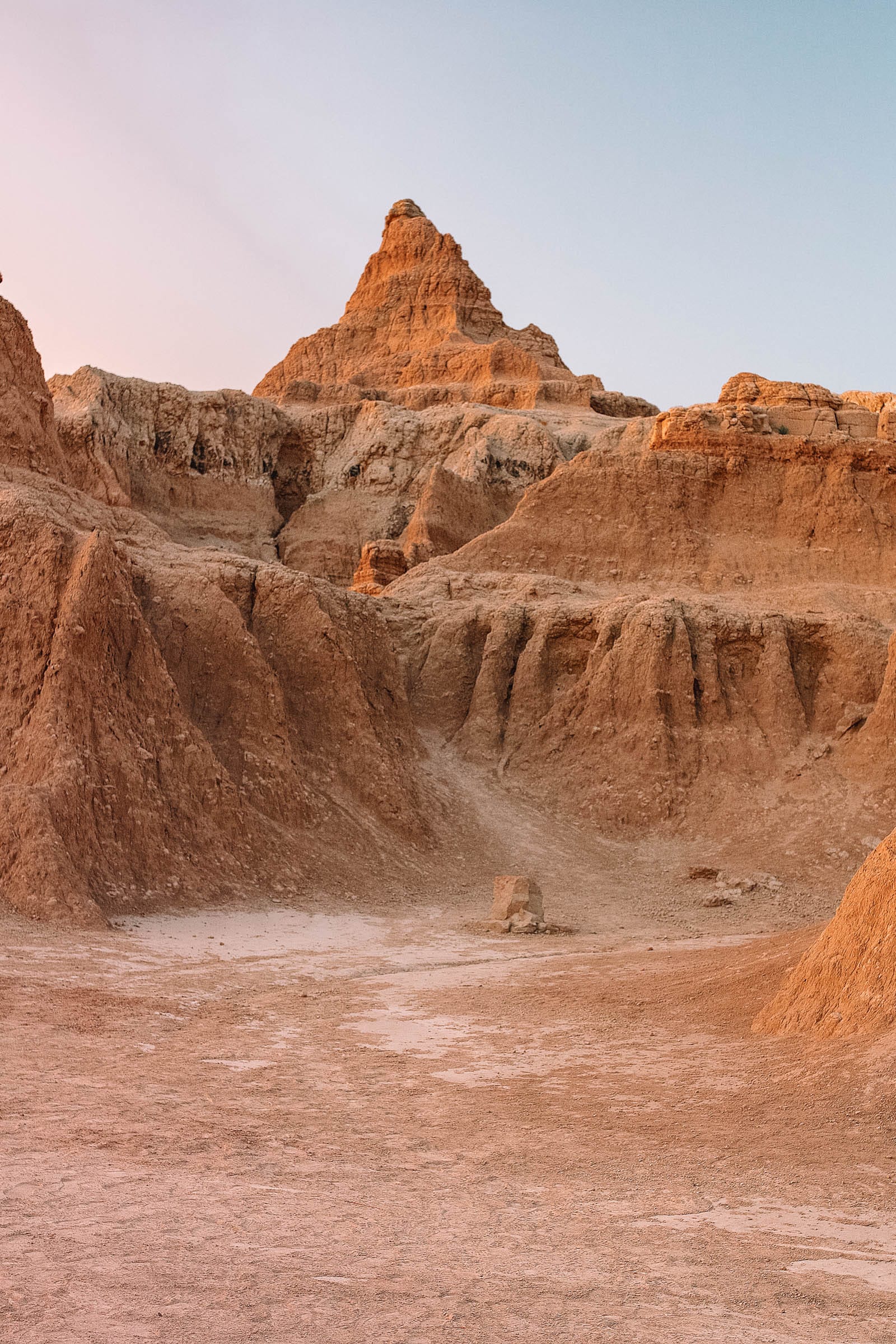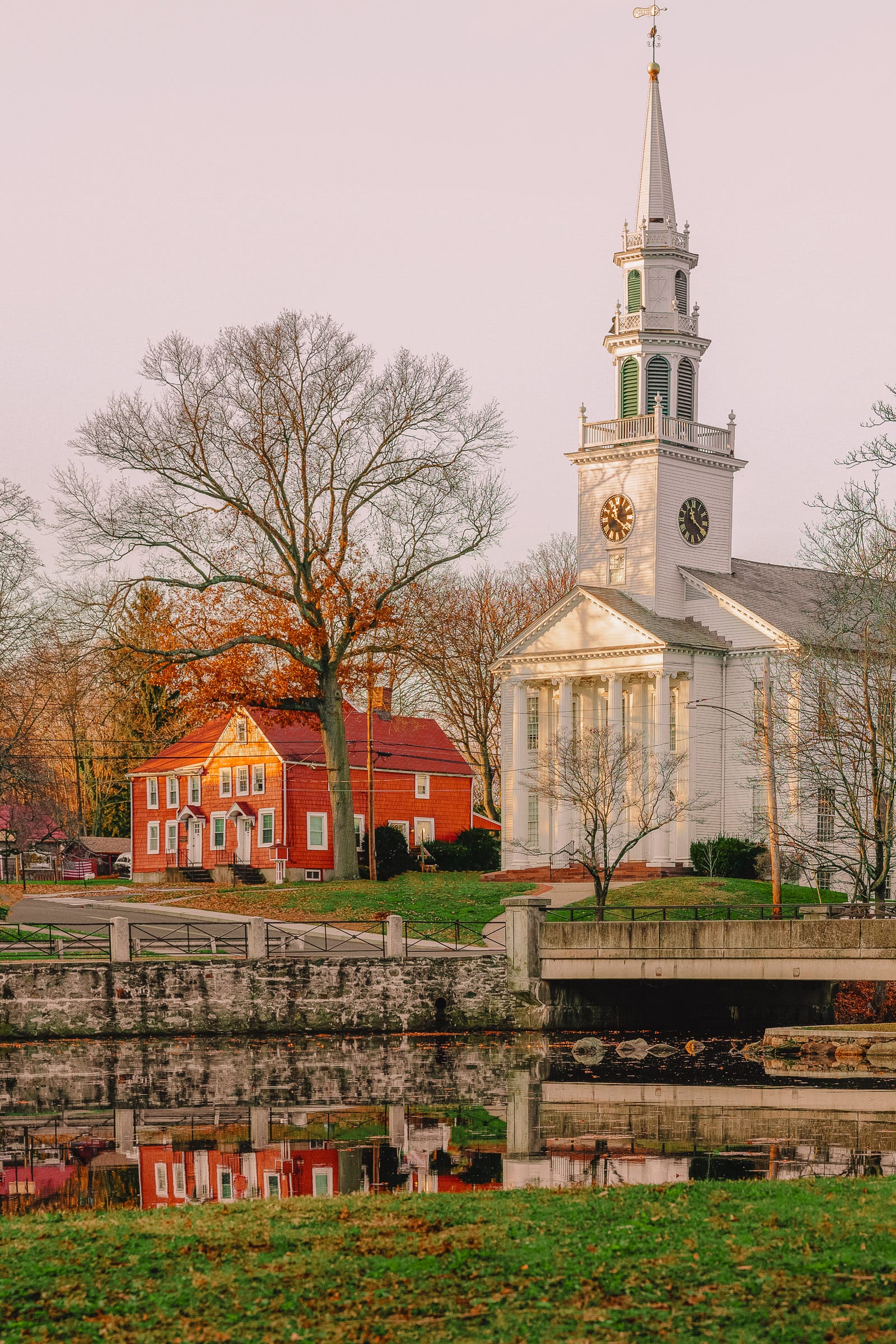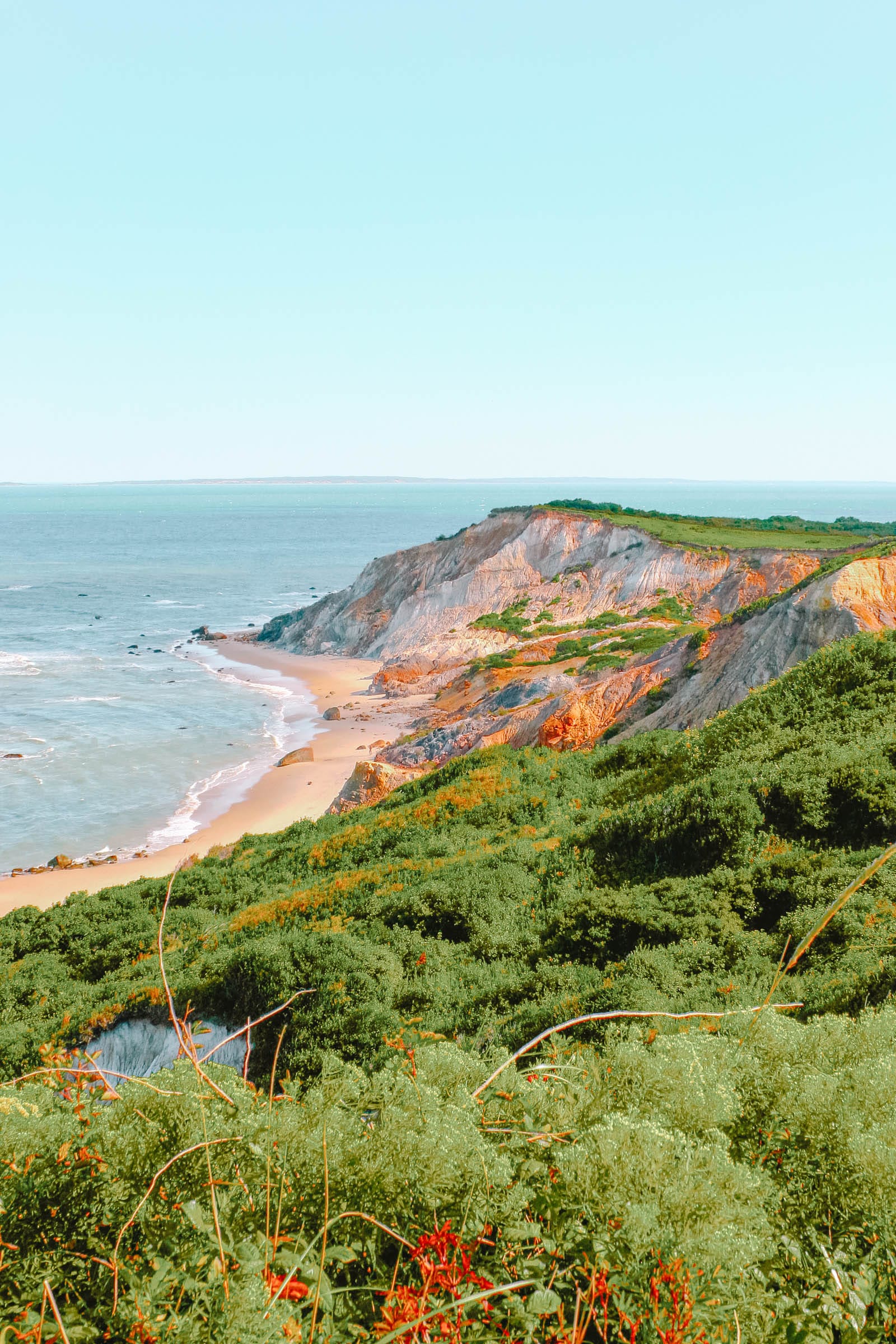Your Guide to Yellowstone National Park
America’s oldest national park, Yellowstone, has been captivating visitors since the 1870s. Lofty mountain peaks, thundering waterfalls, and abundant wildlife draw millions of visitors to this 3,471-square-mile park. However, what makes Yellowstone truly extraordinary are its geothermal features. From boiling geysers to gurgling mud pools and steaming lakes, traveling through this remote corner of northwestern Wyoming can feel like exploring another planet.
When Should You Go to Yellowstone?
Most visitors plan their trips during the summer season, from June to early September. This is when all of the roads, campgrounds, and trails are fully operational, although snow can still be expected at higher elevations until early July. The downside is that this period is also characterized by heavy crowds at popular destinations like Old Faithful.
To avoid congestion and higher accommodation prices, consider visiting just before or after the peak season in May or October. Alternatively, for a unique experience, visiting in winter offers a quieter perspective. Access during this time is typically provided via special snow coaches, and several lodges remain open. You can even arrange interesting tours by ski and snowshoe.
How Much Time Should You Spend in Yellowstone?
With five far-flung entrances, Yellowstone is vast, and you could easily spend a week exploring without running out of activities. If you’re limited to a long weekend, focus your first day on the west side, which boasts the most impressive geothermal features, including Old Faithful, Norris Geyser Basin, and Mammoth Terraces.
On the second day, head east to the Grand Canyon of the Yellowstone, and take time to enjoy the picturesque Yellowstone Lake, especially the area around West Thumb, which also features geysers and bubbling hot springs.
If you have four days, you can fit in wildlife watching in the Lamar Valley and tackle a few challenging hikes while enjoying the visitor centers that offer insights into the park’s natural history and geological forces at play beneath the earth’s surface.
Is It Easy to Get In and Around Yellowstone?
The main gateway airports include Jackson (56 miles), Bozeman (65 miles), and Billings (129 miles), with a small airport in West Yellowstone offering limited services. After arriving, renting a car is necessary, as there’s no bus transportation within the park.
Since park roads can get congested, it’s wise to plan your day. Aim to leave for your top destination early to evade traffic and be prepared for potential delays caused by wildlife, particularly bison, that may stroll onto the roads. Always keep in mind that you are visiting their home and should exercise patience.
Top Attractions in Yellowstone
A must-see feature is Old Faithful, notorious for its regular eruptions, occurring approximately every 90 minutes. Several vantage points, including the observation deck of the Old Faithful Inn, provide excellent viewing opportunities. Here, you can purchase refreshments while enjoying the spectacle.
Another highlight is the Grand Prismatic Spring, famous for its vibrant colors. While the boardwalk loop is an easy stroll, for a breathtaking view, hike up the Fairy Trail to the overlook above the spring.
The Grand Canyon of the Yellowstone also warrants attention. This dramatic canyon extends for approximately 20 miles, with steep walls showcasing colors in delicate shades of orange, pink, and auburn. Multiple waterfalls cascade through the canyon—visit the Brink of the Lower Falls for a close-up experience, or take the North Rim hike for fantastic views away from crowded areas.
While many visitors stick to the boardwalk trails, be sure to explore the park’s 1,000 miles of backcountry trails for a more immersive experience. For a challenging ascent, hike up Mt Washburn at an elevation of 10,219 feet, where you can enjoy panoramic views and encounter wildflowers and bighorn sheep along the route.
One of my favorite activities is rising early to visit Lamar Valley. Often referred to as the Serengeti of the United States, this area is teeming with North America’s largest herds of bison and elk. Early morning is particularly rewarding for wildlife-watching; you may also encounter pronghorn, moose, and the elusive bighorn sheep. On particularly lucky days, you may even spot wolf packs hunting elk.
Budgeting for Your Yellowstone Adventure
To fully enjoy Yellowstone, a reasonable budget is necessary unless you plan to camp. In-park lodging prices surge during the short summer season, and nearby accommodations can be just as inflated. Remember to include car rental and fuel costs since exploring the park without a vehicle is impractical, especially outside of winter.
For budget insights, here are some average daily costs:
Safety Tips: Bears and Hiking
When hiking in bear country, remain vigilant and make noise to alert wildlife to your presence. Avoid hiking alone and steer clear of dawn and dusk hours when bears are more active. If you encounter a bear, back away slowly—never run. And if threatened, use bear spray as a defensive measure.
Importance of Bear Spray
It’s crucial to carry bear spray when hiking in Yellowstone. Ensure it is easily accessible—ideally on your belt and not stowed away in your backpack. Bear spray can be purchased in stores around the national park, ensuring you have protection ready before you embark on your adventures.
Respect for Wildlife
Surprisingly, bears are not the most dangerous creatures in Yellowstone; more injuries occur due to wild bison. Always give these massive animals ample space and never approach or provoke them, as they can charge if they feel threatened.
Be Aware of Geothermal Hazards
For your safety, always stay on designated trails and boardwalks, especially in geothermal areas. Straying may lead to significant legal repercussions or personal injury from hazardous thermal features.
Packing Essentials for Yellowstone
No matter the season, packing a waterproof shell jacket and warm layers is advisable due to the region’s unpredictable mountain weather.
Wildlife-Watching Etiquette
If you wish to observe wildlife from the road, refrain from parking on the roadway, as this can block traffic. Instead, use available pullouts, ensuring your vehicle is completely off the main road.




